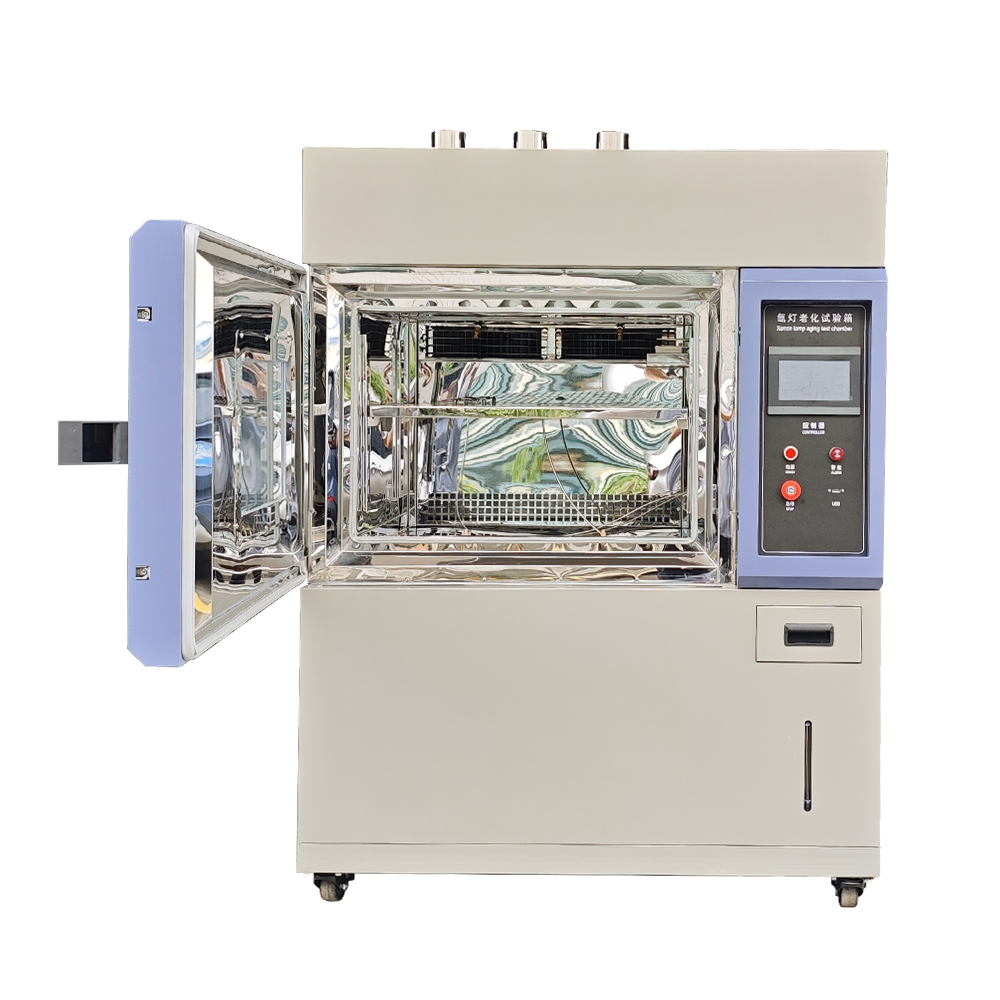
xenon weathering test chamber
438005.0 INR/Unit
Product Details:
X
xenon weathering test chamber Price And Quantity
- 438005.0 INR/Unit
- 1 Unit
xenon weathering test chamber Trade Information
- Cash in Advance (CID)
- 100 Unit Per Month
- 6 Days
- All India
Product Description
Test methods and parameters as per standard ASTM D 4355:
| Duration | 150h, 300h, 500h |
| Light Source | Xenon Arc |
| Filter | Daylight filters |
| Irradiated Intensity | 0.350.02w/mat 340nm |
| Temperature of black panel | 653 |
| Relative humidity | 50%-90% |
| Cycles | |
| 90min of light only at 653 and 50%5% relative humidity | |
| 30min of light plus water spray | |
Industry pain point solutions
1. Automotive parts industry
Problem: Interior and exterior parts are prone to fading and deformation under high temperature exposure, leading to customer complaints
Plan: Simulate the climate of Arizona Desert (dry and hot) and Southeast Asia (humid and hot), verify the weather resistance of materials, and provide SGS level test reports
2. Photovoltaic new energy industry
Problem: The back panel and packaging film turn yellow in UV environment, affecting the lifespan of the components
Solution: Customized UV enhanced testing mode (1.5 times irradiation intensity) to accelerate the validation of 25 years of outdoor equivalent aging
3. Outdoor building materials industry
Problem: The door and window profiles crack during freeze-thaw cycles, causing the coating layer to pulverize and peel off
Plan: -20 low-temperature condensation+60 high-temperature spray alternating test, accurately predicting 10-year weather resistance performance
Working principle
The core component of the xenon lamp aging test chamber is the xenon lamp, which can emit light that is very close to the solar spectrum, including ultraviolet (UV), visible light, and infrared (IR). By controlling parameters such as light intensity, temperature, humidity, and rainfall, the test chamber can simulate various natural environmental conditions, thereby accelerating the aging process of materials.
major function
oneSimulated sunlight: The spectrum emitted by xenon lamps is very close to the solar spectrum, and can simulate the effects of ultraviolet, visible, and infrared light.
twoTemperature control: The temperature inside the test chamber can be controlled within a certain range, usually from -40 to 150 (the specific range depends on the equipment model).
threeHumidity control: The humidity inside the test chamber can be controlled between 20% and 98%.
fourRainfall simulation: Some models of xenon lamp aging test chambers are equipped with water spray systems, which can simulate the impact of rainwater on materials.
fiveLight intensity control: The light intensity can be adjusted to meet different testing needs.
The testing cycle of a xenon lamp aging test chamber usually depends on multiple factors, including testing standards, material types, environmental conditions, and testing objectives. Here are some common testing cycles and related information:
1. Testing standards:
Different industries and materials have different testing standards. For example, standards such as GB/T16585-1996, GB14522-93, and GB/T16422.3-97 have specific requirements for testing cycles
Some common international standards such as ASTM D2565, ISO 4892-2, AATCC 169 (1), etc. also require testing cycles.
2. Testing cycle range:
Short term testing: Some testing cycles are relatively short, possibly between a few days to a few weeks. For example, some rapid aging tests may only take a few days.
Mid term testing: The common testing cycle is around 500 hours, which is equivalent to one year in real time.
Long term testing: For materials that require evaluation of long-term weather resistance, the testing cycle may take several months or even a year. For example, the Q-Sun light source testing cycle is generally between 1 and 3 months, while the Atlas and Suntest testing cycles can last up to 6 months to 1 year.
Tell us about your requirement

Price:
Quantity
Select Unit
- 50
- 100
- 200
- 250
- 500
- 1000+
Additional detail
Mobile number
Email



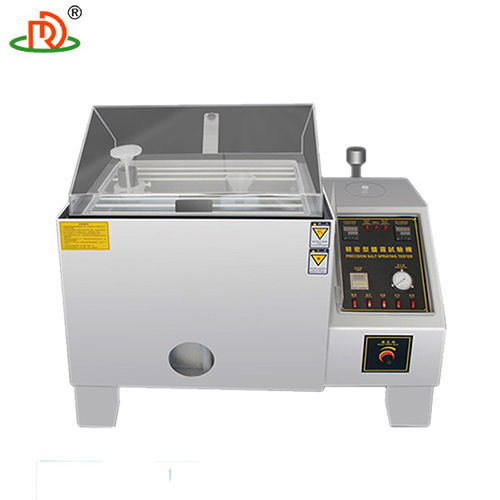
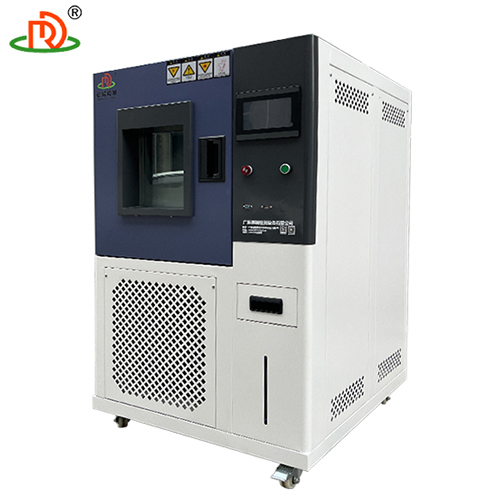
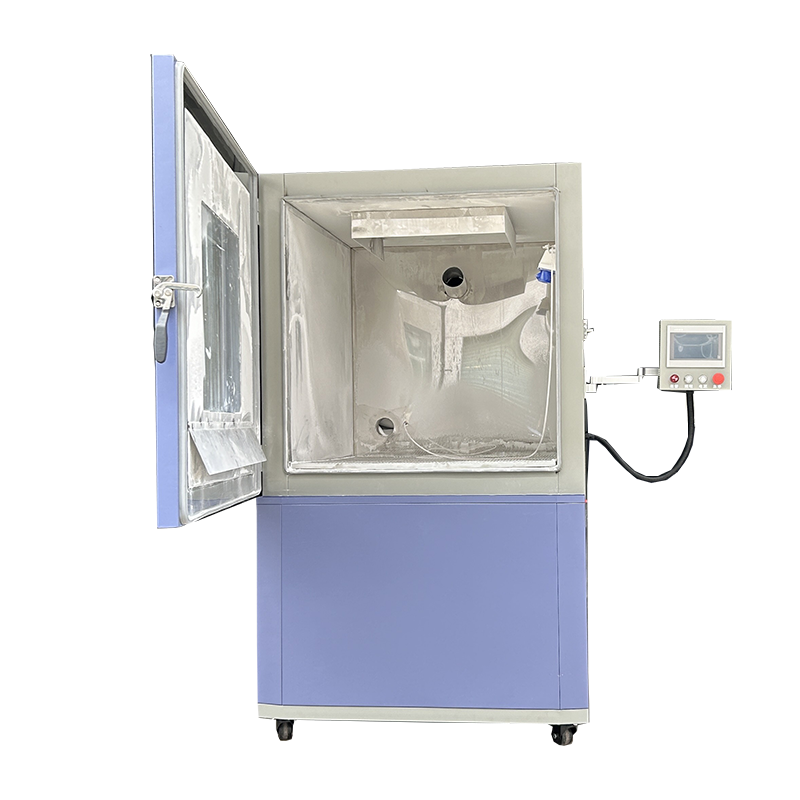
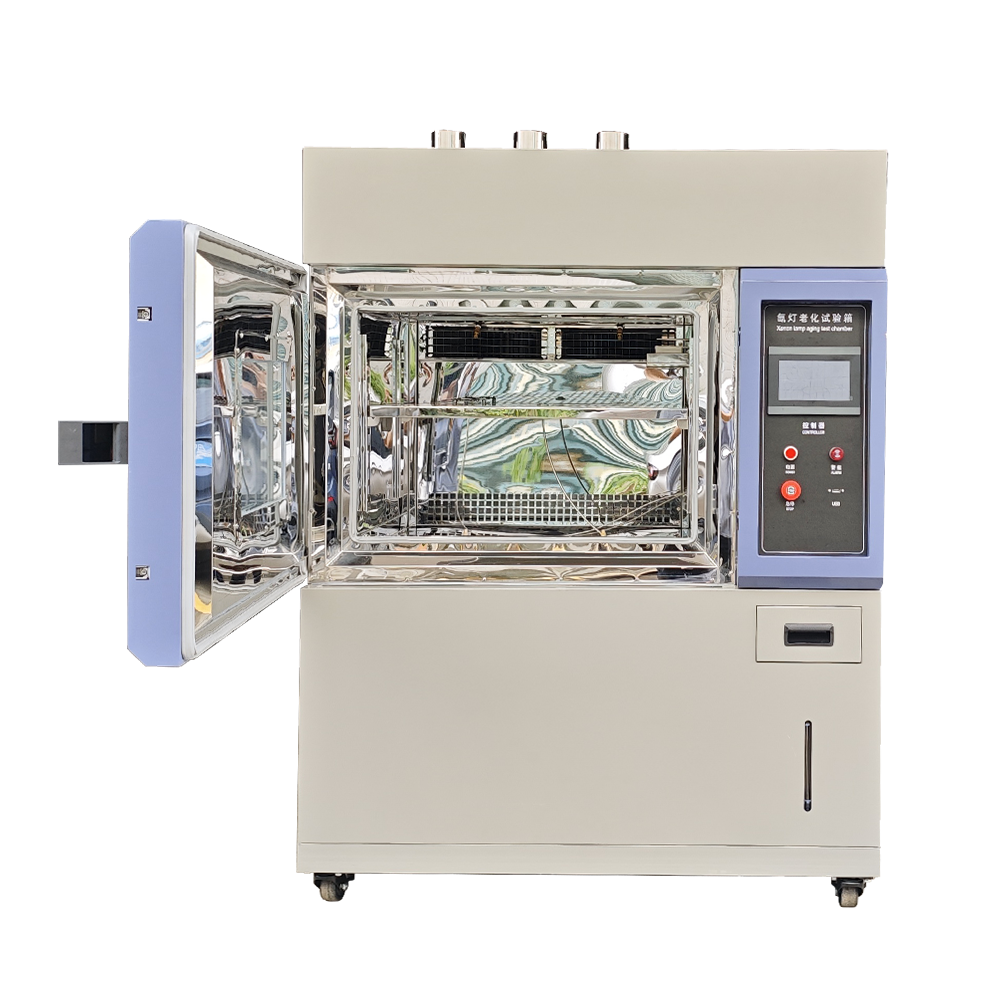

 English
English Spanish
Spanish French
French German
German Italian
Italian Chinese (Simplified)
Chinese (Simplified) Japanese
Japanese Korean
Korean Arabic
Arabic Portuguese
Portuguese